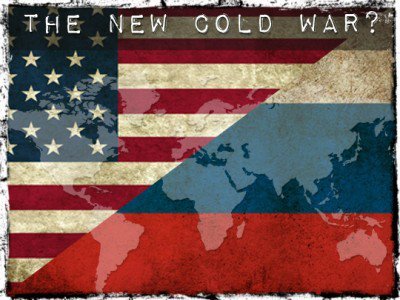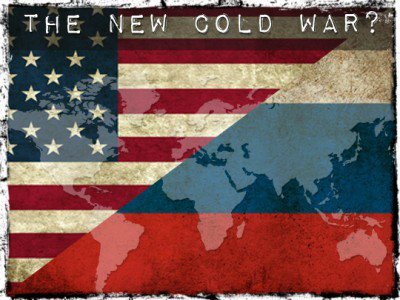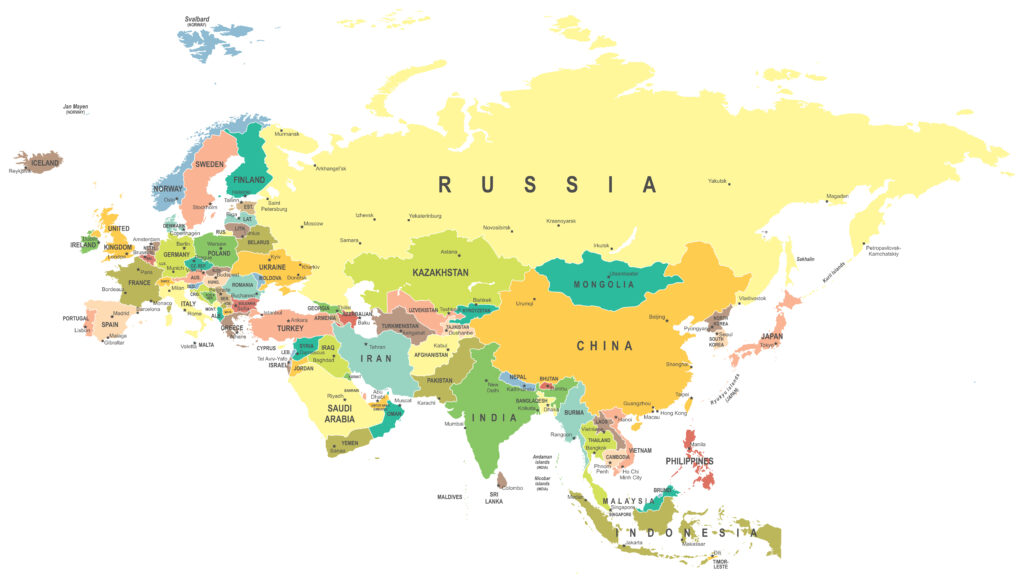
By Dave DeCamp, Antiwar.com, 12/9/21
An unnamed source told The Associated Press that senior US State Department officials told Ukraine that a NATO membership is unlikely to be approved within the next decade, a sign the US is not willing to further escalate tensions with Russia over Ukraine.
Biden administration officials also told AP that the US might pressure Ukraine to give some degree of autonomy to separatists in its eastern Donbas region, a move that would significantly de-escalate tensions in the region.
After the US orchestrated a coup in Kyiv in 2014, separatists in the Donetsk and Luhansk oblasts rejected the new government and declared their independence. Kyiv rejected the oblasts’ bid for independence, and a war was started, which has killed over 10,000 people.
Since a ceasefire was reached in 2015, there have been occasional major flare-ups, but the war has essentially been at a stalemate. A “special status” for Donbas was agreed upon in the 2015 Minsk Agreements, but it was never defined. The AP report said the US could push Ukraine to give the region more authority on local issues.
President Biden spoke with Ukrainian President Volodymyr Zelensky by Phone on Thursday and vowed support for Ukraine’s sovereignty and repeated warnings that if Russia invades, the US would implement new sanctions against Moscow. In a readout of the call, the White House made no mention of NATO or the push for giving Donbas some autonomy.
Biden spoke with Russian President Vladimir Putin about the Ukraine situation on Tuesday. No breakthroughs were made, but the two leaders agreed to continue a dialogue on the issue. Putin denies that he is planning an invasion but wants guarantees that NATO will not continue to expand further eastward or put missiles in Ukraine that could target Russia.
Biden Plans NATO Talks With Russia to Ease Ukraine Tensions
By Jennifer Epstein and Jennifer Jacobs, Bloomberg, 12/8/21
President Joe Biden said the U.S. and some of its NATO allies plan a meeting with Russia aimed at de-escalating tensions over Ukraine, where they’ll consider Russian President Vladimir Putin’s concerns about the alliance.
Biden said that he hopes by Friday to announce the meeting, which will include “at least four of our major NATO allies.” The subject will be Putin’s issues with the alliance “writ large and whether or not we can work out any accommodation as it relates to bringing down the temperature along the eastern front,” the U.S. president told reporters on Wednesday.
Read full article here.
Russian News Agency TASS Reports Russian Government Unaware of Such Meeting with NATO
MOSCOW, December 9. /TASS/. Russia knows no details concerning a meeting of Russia and NATO officials on Ukraine US President Joe Biden has announced, Deputy Foreign Minister Sergey Ryabkov told the media on Thursday.
“I know nothing about any such meeting. I did see comments by the US president on this score. I proceed from the assumption that the formats for further talks on the ‘red lines’ our leadership was talking about for the past few days, and also maximally reliable legally binding security guarantees for Russia are subject to further discussion,” Ryabkov said.
He speculated that there was a number of platforms where such discussions might be held.
“At this point, nothing is decided. The US announcements that are made unilaterally do not create a new reality for us. They are just a reminder these issues should be dealt with tightly,” Ryabkov said.
Read full article here.


